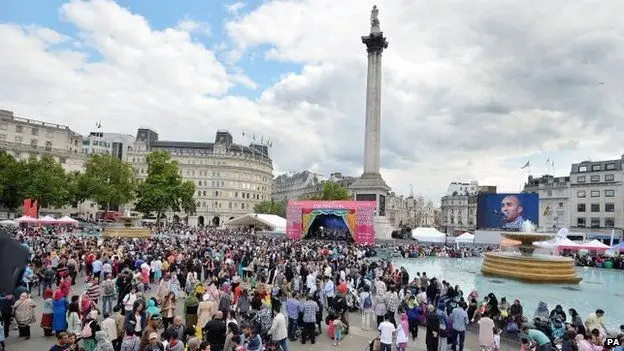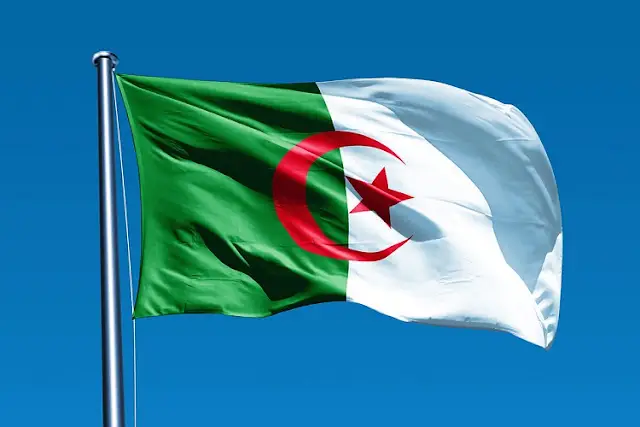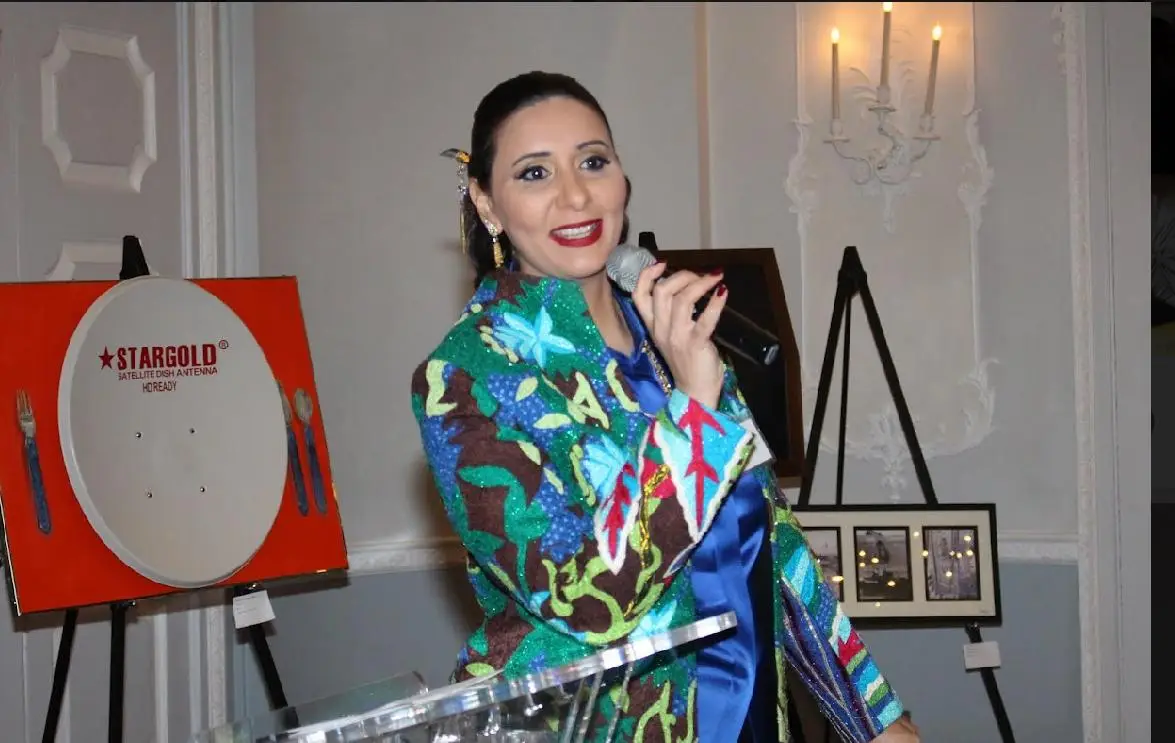Since 2000, London has witnessed a significant shift in its approach to celebrating Eid, the Muslim holiday marking the end of Ramadan. This reflects a broader trend of growing tolerance and support for religious diversity and cultural inclusion within the city. In this article, we look at Eid celebration in London over the past few decades.
Early 2000s: Laying the groundwork
When I first came to London at the turn of the millennium, London’s Muslim population was already substantial, but Eid celebrations were largely private affairs. Public recognition of the holiday was limited, and it felt as if no one knows about it, or knows about it but doesn’t talk about it. However, initiatives like the launch of the London Eid Festival in 2001 began laying the groundwork for wider participation.
A Decade of Growth (2000s-2010s)
The 2000s saw a surge in public Eid celebrations in London. Mosques hosted open-air prayers, community centres organized cultural events, and landmarks like Trafalgar Square displayed Eid greetings. The media also played a role, with increased coverage of Eid traditions and their significance. As the population of Muslims in London is diverse from students to large families, and from Pakistani origins to Middle Easters rooted, the celebrations are also varied, with some common rituals such as the morning prayers, visiting family, sharing good food, wearing new cloths, gifting money, toys, or balloons to kids, and sharing good wishes,
The Rise of Interfaith Dialogue
Alongside public celebrations, interfaith dialogue blossomed. Initiatives brought together leaders from different faiths to foster understanding and respect. This not only promoted tolerance but also helped combat Islamophobia, which had risen in the wake of 9/11. With the election of Sadiq Khan, the Mayor of London, who is from a muslim household, Muslims have been feeling more represented and more comfortable with their inclusion in London’s society.
London Today: A More Inclusive City
Today, Eid in London is a vibrant celebration. Schools acknowledge the holiday, workplaces offer flexible arrangements, and major retailers stock Eid merchandise including food, baked goods, clothing, home décor, accessories, gifts, and party decorations such as kids’ balloons. There are also Eid festivals such as the one in Trafalgar Square and the Westfield Mall. This reflects a growing awareness of the importance of religious inclusion for a diverse city like London.
Challenges Remain
Despite the progress, challenges persist. Islamophobia continues to be a concern, and ensuring equitable representation within institutions remains an ongoing effort. When the London Ramadan lights were lighted in Oxford Street, the news got many likes, but also some dislikes showing a portion of the population, though small, is still uncomfortable with the display of Muslim celebrations or traditions.
Looking Forward
London’s journey in celebrating Eid and embracing cultural diversity is a testament to its evolving identity. As the city continues to grow, further efforts to dismantle barriers and celebrate its rich mix of faiths and cultures will be crucial.





